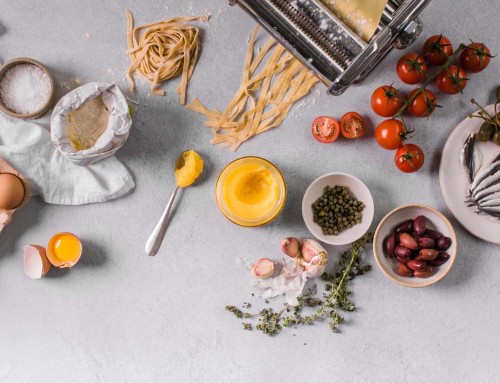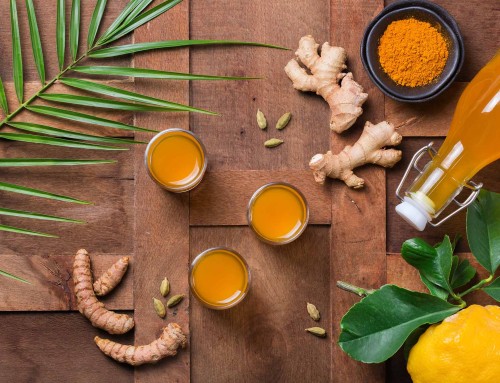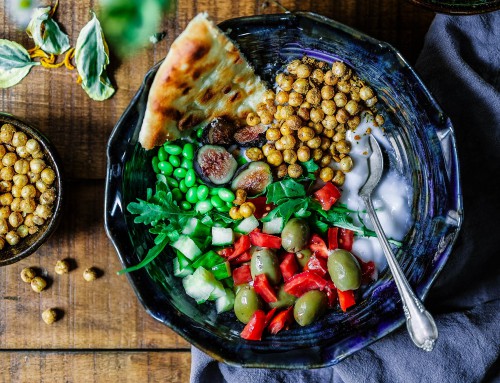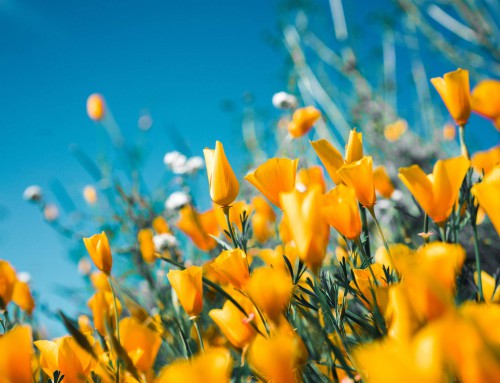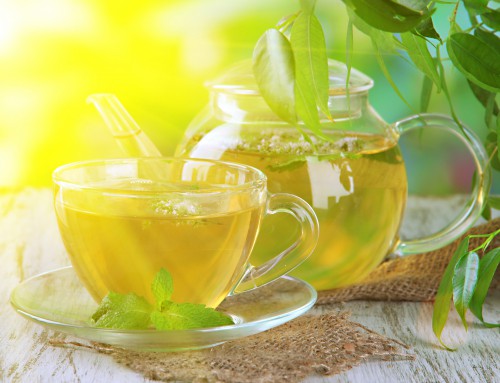There is a story in the Ayurvedic tradition that thousands of years ago a great gathering of leading Ayurveda experts or Vaidyas met together to decide which single health strategy was the most widely effective. Panchakarma treatment came out on top, as it seemed to be useful for pretty much any health conditions.
Panchakarma is often translated as rejuvenation therapy and its goal is to promote cellular repair and revitalisation through carefully applied step-by-step deep cleansing procedures.
During a course of Panchakarma treatment different methods of cleansing may be used, depending on your constitution and your health conditions. It is the job of the Ayurvedic practitioner to adjust and tailor the Panchakarma cleansing programme to suit your particular health needs at any point in time.
Unlike the Western medical approach of targeting treatment at particular diseases, the Ayurvedic approach is to create such a state of balance and health that disease finds no place to thrive in your body. Whether you attend a 3-day, 5-day, 7-day or longer Panchakarma programme, the result will be cellular repair and rejuvenation. The revitalisation of cells, tissues and organs systems helps stimulate the self-repair mechanisms already present in your body and it is the creation of better health that reverses disease states.
Any Panchakarma programme has three main phases:
Preparation for Panchakarma
 Before the ‘bin-men’ come down your road, you gather together waste materials in your home and put it in a bin for them to take. The main purpose of the preparation phase of Panchakarma is to ensure that the unwanted waste material in your body is gathered together, ready for disposal.
Before the ‘bin-men’ come down your road, you gather together waste materials in your home and put it in a bin for them to take. The main purpose of the preparation phase of Panchakarma is to ensure that the unwanted waste material in your body is gathered together, ready for disposal.
We call the initial part of Panchakarma, home treatment or Virechana. We send those who plan to come to our centre, guidelines and also the ingredients they need for this treatment. Virechana takes place a week or so before you come to our centre and it helps prepare your body for the main Panchakarma treatment.
The first phase of each Panchakarma treatment is to soften your body tissues and cells through the use of oils. This helps release toxins that have accumulated in both your cells walls and within the internal structure of the cells.
During Virechana, you are put on a light diet and take a certain amount of ghee each morning. Ghee taken internally over a number of days creates a concentration gradient between fats inside the cells and the plasma. This helps detach fat-soluble toxins that have become ‘stuck’ within the cells and promotes their elimination into the gastrointestinal tract.
Most cleansing programmes primarily aim at removing water-soluble toxins accumulated in your body. These types of toxins are relatively easy to deal with and drinking hot water can be a great help when you need this type of cleansing. Oil-soluble toxins are harder to eliminate and they are often found deeply lodged within your tissues, where they contribute to the disease process. This is why ghee and medicated oils are extensively used in Panchakarma as they help dissolve and remove fat-soluble toxins.
After the initial days of taking ghee, you give yourself an oil massage followed by a hot bath. The massage draws out further oil-soluble toxins. The heat from the bath dilates all the elimination channels throughout your body and help transport the released toxins into your gastrointestinal tract.
The last part of the home treatment phase of Panchakarma consists of a laxative day. During this day, it is essential to follow a specific diet to slowly rekindle your digestion and to get your strength back. It is also essential to be near a toilet!
Panchakarma main treatment

A few days after Virechana, it is time to come to our centre for the main Panchakarma treatment.
Loosening, mobilising and eliminating are the three basic principles of Panchakarma and during the main treatment, this is mostly done through the use of oil massage, steam treatment and enemas, or in Ayurvedic terms, Abhyanga, Swedena and Basti.
Loosening toxins through Abhyanga
Abhyanga or herbalised oil massage, is performed by two Maharishi AyurVeda therapists working is harmony on each part of your body. You will find that Abhyanga alone has a very soothing and healing effect. The types of oils used and the way they are prepared means that they are quickly and easily absorbed deep into your body tissues and cells. Here they have the chance to soften and draw out any toxic material that has accumulated in there.
Mobilising toxins through Swedana
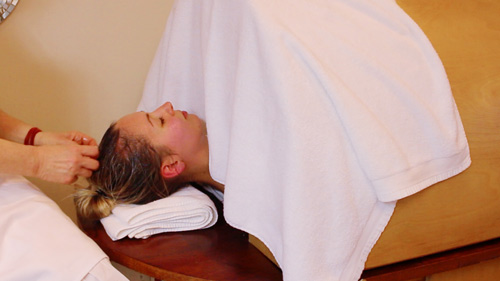 Abhyanga is followed by Swedana heat treatment and this involves lying in a herbalised steam bath. The herbalised steam expands and opens your body channels, even the finest capillary channels that allow nutrient into your cells and toxins to be expelled. Your body’s own purification process then takes over and the loosened toxins are gradually moved into your gastrointestinal tract.
Abhyanga is followed by Swedana heat treatment and this involves lying in a herbalised steam bath. The herbalised steam expands and opens your body channels, even the finest capillary channels that allow nutrient into your cells and toxins to be expelled. Your body’s own purification process then takes over and the loosened toxins are gradually moved into your gastrointestinal tract.
Every part of your body has its own innate intelligence and it in the nature of every cell and tissue to eliminate any impurities. The combination of oils and heat through Abhyanga and Swedana gives your body the chance to purify toxins that may have become stuck in cells and tissues for a long time. These toxins, especially if they become lodged in your cell walls, can reduce a cell’s ability to absorb essential nutrients and hamper its elimination of metabolic waste. Some scientists blame such toxic built-up for numerous health conditions, including premature ageing.
Eliminating toxins through Basti
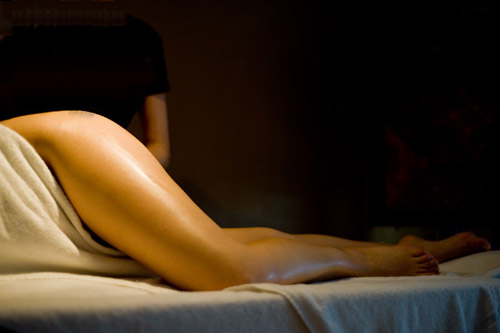 The body’s automatic purification system brings the toxins that have been loosened and mobilised down into the lower intestines and colon. This is the best time for Basti treatment to be applied so that those toxins don’t hang around and become re-absorbed.
The body’s automatic purification system brings the toxins that have been loosened and mobilised down into the lower intestines and colon. This is the best time for Basti treatment to be applied so that those toxins don’t hang around and become re-absorbed.
In Western medical practice enemas are mostly used to help in cases of chronic constipation and are especially useful when a patient has to spend a lot of time in bed.
During Panchakarma enemas have a different purpose. They are used to fully expel toxins that have gathered within the colon as a result of Abhyanga and Swedana treatments.
Each Basti you are given has two actions. One is to aid in the elimination of toxic waste. The other is to balance and strengthen the colon and intestines.
From the Ayurvedic point of view, many of the enema treatments that exist in the West, including colonic irrigation, can weaken the colon and create imbalances. Ayurveda sees it important that Bastis are not just eliminative, but also help revitalise, rejuvenate and strengthen the colon, as a weak and unhealthy colon can have a debilitating and ageing effect on the rest of the body.
After Basti treatment it is time to rest and allow your body to regain its strength and balance.
Post-Panchakarma rejuvenation
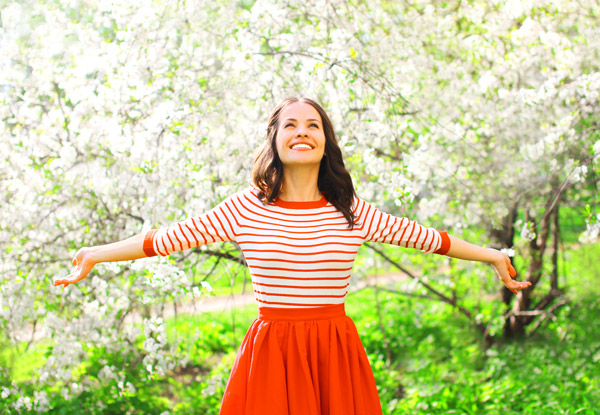 When the Panchakarma cleansing process is over, you usually feel wonderfully clear, calm and relaxed. You often experience a level of wellbeing you have rarely ever experienced. Yet, post-Panchakarma is also a delicate stage, as your body has been working very hard on the detox process.
When the Panchakarma cleansing process is over, you usually feel wonderfully clear, calm and relaxed. You often experience a level of wellbeing you have rarely ever experienced. Yet, post-Panchakarma is also a delicate stage, as your body has been working very hard on the detox process.
At this sensitive post-cleansing stage, it is important to take it easy and not to rush things. Carefully follow the post-treatment instructions you will be given. These guidelines will help you to rebuild your resources, so thaty your mind and body will not only come back to normal but will become sharper, more effective and healthier.
Usually you continue to feel better and better long after the end of Panchakarma treatment and this gives you encouragement to stick to a good diet and routine in order to maintain this new-found state of wellbeing.
After Panchakarma, your body is like a white screen that is able to reflect any image projected on it in the most effective way. Your cellular metabolism has improved, your tissues are strong and healthy and your energy flows more freely leading to improved cellular communication. Your body is now more able to naturally absorb the information contained in any herbal supplement and fully allow its biochemical components to have their maximum effect.
This is why, during the post-Panchakarma period, it is recommended to take revitalising herbal tonics called Rasayanas, whose purpose is to build, nourish and strengthen your body.

How often should you take Panchakarma?
Panchakarma is recommended at least once a year. To prevent the accumulation of toxic waste, to make positive improvements to your health or, if you suffer from any chronic illness, Panchakarma is recommended at change of each season.
To get the most out of it, Panchakarma needs be done properly. So, take enough time out of your life to experience the uniqueness of this treatment in our quiet and peaceful rural setting.
If you don’t already practice meditation, Transcendental Meditation courses are available at our centre. A combination of meditation for the mind and soul and Ayurvedic treatment for your body will help you reconnect to and harmonise all your five elemental bodies and awaken their innate ability to heal you holistically.
To book or find out more about Courses, Consultations or Panchakarma detox treatment contact:
01695 735351, info@maharishiayurveda.co.uk
http://www.maharishiayurveda.co.uk

